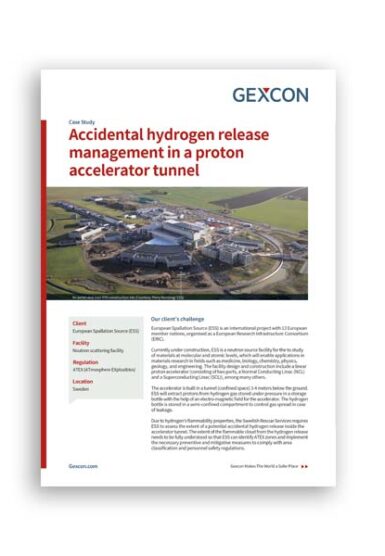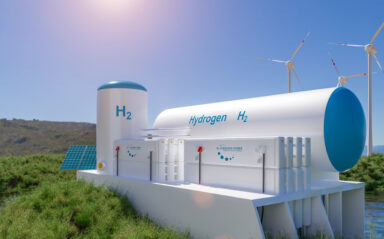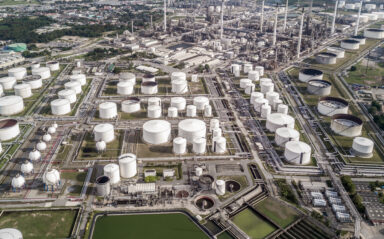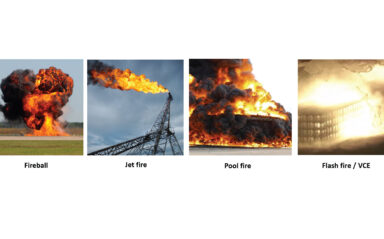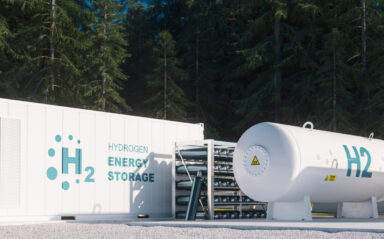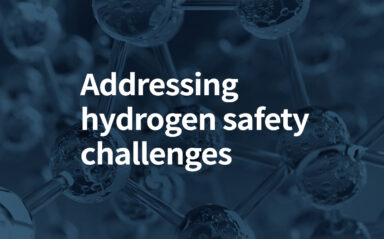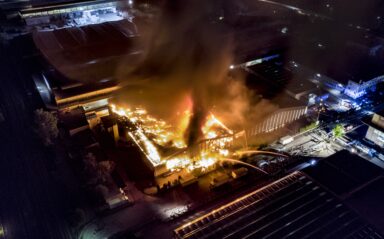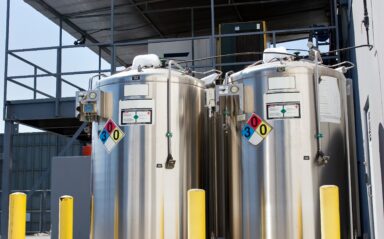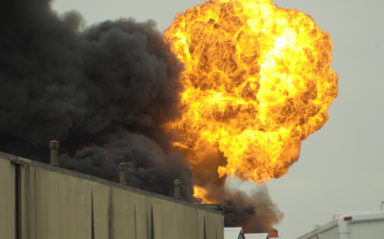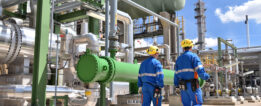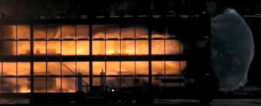Renewables, such as hydrogen, biofuel and biomass, is seen as fuel resources that have promising roles in the reduction of CO2 emissions and sustainability due to their reusable nature. Even though they are considered safer for the environment, it does not necessarily mean that they are harmless. Preventive and protective measures still need to be taken at their processing facilities.
Gexcon has been involved in several renewable energy safety-related projects such as hydrogen processing plants, filling stations, storage and maritime applications, as well as biomass handling plants. We have also conducted several large-scale experimental projects concerning the effects of hydrogen releases and explosions and biomass dust explosion hazards. We also have experience in forensic examination of dust explosion and hydrogen-related accidents and the accumulated knowledge is brought to bear on the advice we provide to our customers.
With our knowledge and expertise in renewable energy, we can assist in the design process of facilities, determining preventive and protective measures against hazards, obtaining approvals, complying with regulations and managing risks.

